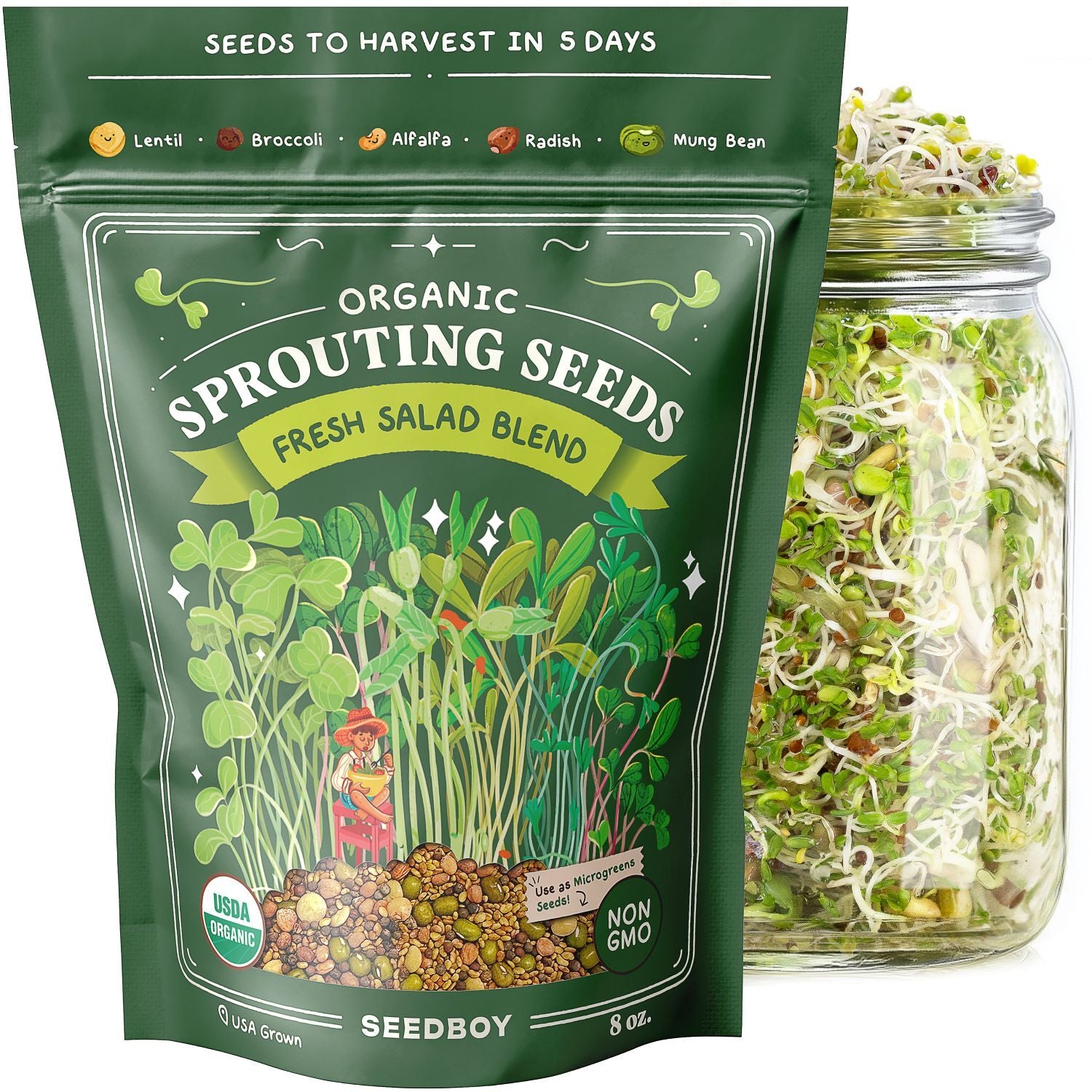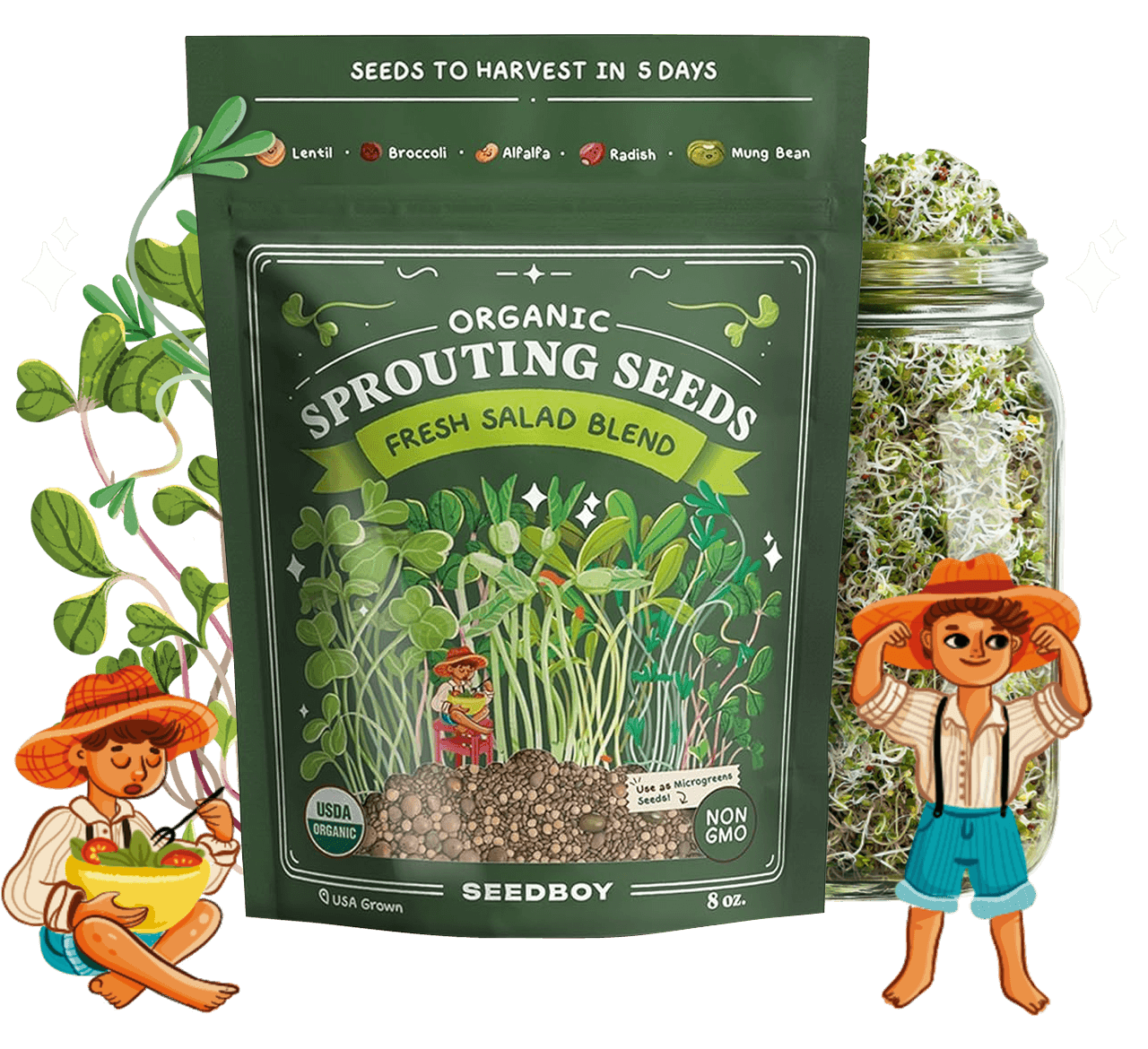47 Flower Varieties to Attract Bees, Butterflies & Hummingbirds
- Plant Description
- Quick Facts
- Where to Plant
- Getting Started
- Companion/Enemy
- Attractants/Repellents
- When to Plant
- Maintenance
- Flowering Season
- Uses
- How to Store Seeds
Plant Description
This Pollinator Blend is a stunning, season-long show of 47 different wildflowers—carefully selected to attract bees, butterflies, and hummingbirds to your yard or garden. It includes a mix of annuals and perennials to ensure blooms in the first year and for many years to come.
You’ll see a constantly evolving display of color and shape, from bold sunflowers to delicate poppies and cosmos. A living bouquet that helps support declining pollinator populations while beautifying your space.
Quick Facts
- Sunlight: Full sun (6+ hours/day).
- Days to Sprout: 7–21 days.
- Days to Bloom: First flowers in 40–60 days (annuals bloom first, perennials bloom starting year 2).
- Bloom Duration: Spring through frost, with overlapping waves of color.
- Seed Depth: Surface sow or press lightly into soil (do not bury deeply).
Best Planting Locations
- Open Fields & Meadows: Ideal for large, colorful displays and maximum pollinator attraction.
- Garden Borders & Edges: Provides a naturalistic edge and supports fruit & veggie pollination.
- Raised Beds or Containers: Use for concentrated color or small-space biodiversity.
- Bee Gardens or School Plots: Excellent for habitat education and kid-friendly growing.
Getting Started
- Prepare the Area: Clear grass and weeds. Rake or till the top 1 inch of soil.
- Sow Seeds Evenly: Broadcast by hand or shaker. Mix with dry sand for even distribution.
- Press, Don’t Bury: Lightly press seeds into the soil using a board, feet, or roller.
- Water Gently: Mist daily until sprouted (7–21 days). Maintain moisture during establishment.
Companion / Enemy Plants
Good Companions: Vegetables, fruit trees, herbs—this blend helps pollinate everything nearby.
Avoid Planting Near: Aggressive ground covers or turf grass which may choke out seedlings.
Attractants / Repellents
Attracts: Native bees, honeybees, butterflies, hummingbirds, ladybugs, hoverflies, and beneficial wasps.
Repels: Certain flowers in the mix (like calendula or dill) may help deter aphids or whiteflies.
When to Plant
- Spring: Sow after last frost when soil warms to 60°F.
- Fall (Mild Climates): Sow in late fall for natural spring germination.
Maintenance
- Watering: Keep moist until established. Once grown, these flowers are drought-tolerant.
- Weeding: Weed early and carefully during seedling stage to avoid crowding.
- Deadheading: Optional. Leave flowers to go to seed to attract birds or mow midseason to encourage regrowth.
Flowering Season
- Annuals: Begin blooming in late spring and last through summer.
- Perennials: Some may bloom the first year, but most return and flower from year two onward.
- Wildflower Rhythm: Expect a rotating cycle of blooms with something flowering at nearly all times.
Uses
- Pollinator Habitat: Supports bees, butterflies, and hummingbirds with continuous nectar sources.
- Cut Flowers: Harvest individual blooms or small bundles for bouquets.
- Soil Health: Improves soil structure and reduces erosion over time.
- Education & Kids: Provides a living classroom for observing the full life cycle of plants and insects.
How to Store Seeds
- Unplanted Seeds: Store in a cool, dry, and dark place in a sealed container for up to 2 years.
- Collected Seeds: Let flower heads dry fully, then shake out and store in labeled envelopes.

